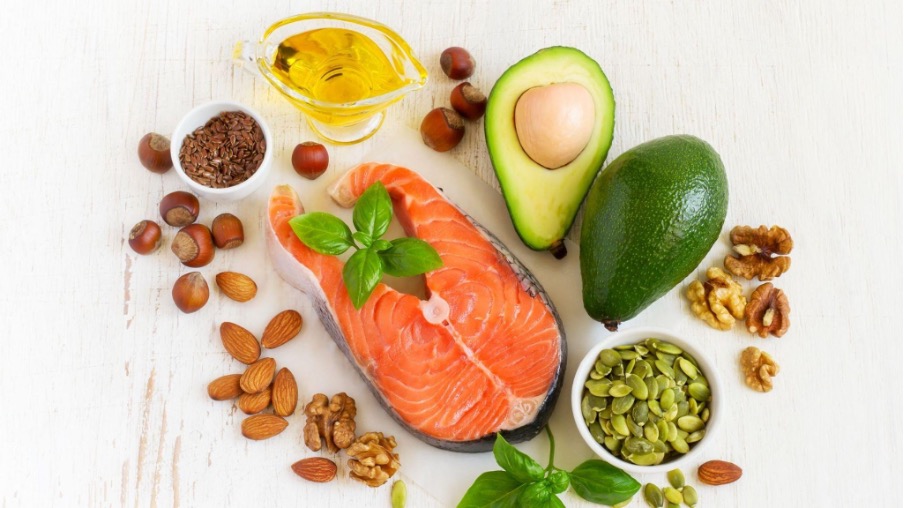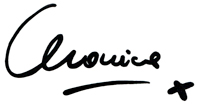This is a question I get asked many times by my clients! In this blog I explain why it is so damn easy to put on weight after 40 even if we haven’t changed our diet or exercise routine… and even more frustratingly and puzzling when we are actively trying to lose weight and nothing changes.
This lack of results leads to us feeling demotivated, confused, angry and defeated …and, of course, all of these feelings can impact our confidence, our body confidence but also can affect our self-confidence in other aspects of our life (at work, in our relationships…) because we often attach our lack of success to a belief around our lack of determination and willpower.
And, if you have been following my work for 5 minutes …you should know that I absolutely believe that your lack of weight management success has got nothing to do with a lack of willpower!
Let’s focus on the real reasons why it can be challenging to manage our weight after 40. Let’s see what happens in our biology from our fourth decade that impacts the way our body deals with food and calories.
There are three main biological shifts that start happening from our 40s.
Let’s start with the decrease in Resting Energy Expenditure
1) The natural decline of sex hormones impacts the level of energy that we use at rest. This is called the resting energy expenditure which is the number of calories that we need at rest, when we are not moving … and let’s face it … most of us are not moving that much as we spend most of our day sitting at a desk, driving around, commuting on a train. Our Resting Energy Expenditure decreases as we age.
Also, for us ladies, the drop in estrogen changes our body shape and if before our fat was almost equally distributed around our body, now any increase in fat deposits is predominantly around our belly. The infamous “menopause tyre” as many of my clients describe it .
Number two: muscle mass decrease
2) Because of the drop in testosterone levels, age-related muscle loss, called sarcopenia, is a natural part of aging. After the age of 30, you begin to lose as much as 3% to 5% per decade. Muscle is a very energy-demanding tissue, so with less on your body, you require fewer calories to run your metabolism.
Number three and the most important one: insulin resistance
3) After 40, going through the perimenopause and the menopause we become more insulin resistant.
This means that our cells do not respond as effectively to the work of insulin and it is more difficult for glucose ( the sugar in circulation in our blood stream ) to enter the cells to be utilised for energy productions.
Our body responds to this difficulty by producing more and more insulin to get the job done. And the bad news is that insulin is a storing hormone. It encourages your body to hold on to energy instead of releasing it. Which means that all the excess sugar in circulation will be converted into fat and deposited in your fat tissues ( and as explained, mainly around your central area).
Another consequence of developing insulin resistance is the fact that because your cells are not receiving the amount of glucose they need for energy production, you will be left tired and with cravings for more sugars, even though you have so much in circulation!
Adding on to the three main biological changes described above, women entering their 40s are often facing more stress, more demanding jobs, children, elderly parents, relationship crisis and lack of sleep …all of the above will add on to the hormonal imbalances of a body which is changing.
“What can we do about these biological changes and finally lose weight after 40?”

It all starts with understanding and aknolowdeging the real causes of weight gain and understanding that simply cutting down our caloric intake does not solve our problem. We need to pivot our nutrition and lifestyle in order to support these natural changes and not to work against them.
Starting with supporting the work and balance of insulin. You need to help the cells of your body to respond better to insulin so that they can receive the glucose. And you do this by decreasing the workload of insulin …let me explain more in detail.
You need to choose food that does not raise your blood sugar level excessively. The more sugar you have in circulation, the more insulin your body will need to secrete to move it out of the blood and into the cells.
The macronutrient which raises your blood sugar the most is … as you can guess… carbohydrate. The one which has virtually no impact on your blood sugar is fat. Protein does not impact the blood sugar majorly but still has a small impact.
So it makes sense that if you want to lessen insulin’s workload, the first thing to do is pay attention to the carbohydrates that you are eating. I am going to give you three action steps that you can start implementing so you can start losing excess weight.
Number one action step starts in your kitchen: pick the right carbs!

It can be quite confusing when we talk about carbs and the reason is that many foods are carbs rich… ranging from chocolate to broccoli!
So within the carbs you need to understand which are the best and worst choices as far as insulin management. The more artificial and refined a food is, the higher is its concentration of simple sugars and the quicker it is absorbed in your bloodstream causing a spike in blood sugar and insulin. In simple terms, the closer to nature the carb containing food is, the better for your blood sugar management.
Considering this simple rule…you want therefore to reduce to a minimum or eveneliminite, depending on your goals, the refined carbs …the one I call “man-made carbs” such as refined sugars and white flours and all products which are made with them … cookies, cakes, candies…
But even in the “good carbs camp”, carbs are not made equal …even in the fruit, vegs and grain families, some choices are much better than others. In my Fit and Focused Formula Programme, my ladies learn how to recognise and how to combine different types of carbs to make sure that they manage their blood sugar and insulin as optimally as possible to lose the excess weight and to have great energy.
Number two action step also happens in your kitchen: you must replace what you will be missing and craving

When you eliminate refined carbs from your diet, your body will miss them! You will crave them and your hunger will increase. That is why you need to make sure that you are eating the right type of fats.
Fats help stabilise blood sugar levels and give you a sense of satiety. They are a determinant factor in the health of our cell membrane and this is particularly important for you because a healthy cell membrane is more able to transport the hormones inside the cell. Healthy fats are also crucial for many other aspects of your health which I will discuss in another video training in the future.
Once again, as with the carbs, not all fats are created equal and there is a huge disparity in quality and beneficial properties. Whole fats (as in fat that is included in both plant and animal sources) are healthy. Nuts, seeds, avocados, quality meats, fish, these are whole fats. Oils are fats which have been extracted from their original form and this is where it becomes more complex to recognise the best types for us.
Watch out for future training on fats that I will offer in my free FB community “Weightloss, great energy and more focus! A community for 40+ smart and busy women”.
Number three action step is for the gym floor, garden, park, or maybe it is still happening in your kitchen… if big enough 🙂

Remember earlier, when I explained about the natural loss of muscle mass that occurs from 30 and how muscle mass requires a high amount of energy? This means that a body with a higher muscle mass percentage has a higher metabolic rate.
Looking after your muscle mass especially when you reach 40 is extremely important and not only for optimizing your metabolic rate. That is why I insist on talking about resistance exercise and how crucial it is for women in peri and menopause to lift, push and pull weights. Exercising has also the added benefit of making our cells more sensitive to the work of insulin and therefore you will increase the ability of your body to better deal with carbohydrates intake.
These are only three of the many action steps you can take to improve insulin sensitivity, blood sugar management and metabolic wellness. I will talk about other ways to support a healthy weight in your 40s and beyond in future training.
For now, if you have found this blog helpful and interesting, make sure to join the FB community and leave any comments and questions you might have.
Wishing you the best health and vitality at any age,






0 Comments